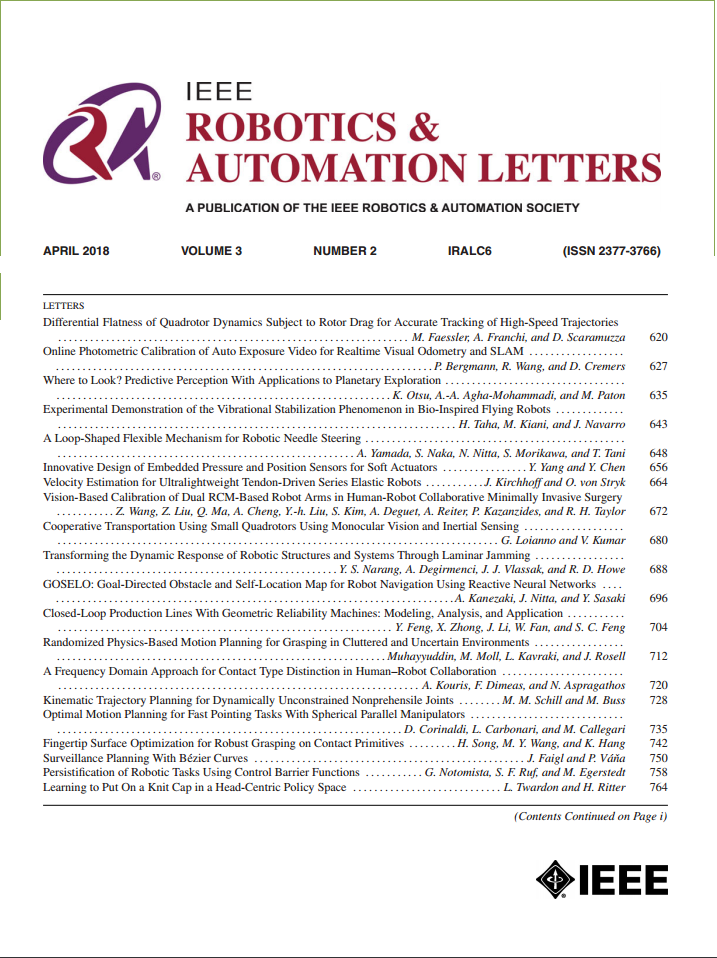Road User Specific Trajectory Prediction in Mixed Traffic Using Map Data
IF 4.6
2区 计算机科学
Q2 ROBOTICS
引用次数: 0
Abstract
This paper studies road user trajectory prediction in mixed traffic, i.e. where vehicles and Vulnerable Road Users (VRUs, i.e. pedestrians, cyclists and other riders) closely share a common road space. We investigate if typical prediction components (scene graph representation, scene encoding, waypoint prediction, motion dynamics) should be specific to each road user class. Using the recent VRU-heavy View-of-Delft Prediction (VoD-P) dataset, we study several directions to improve the performance of the state-of-the-art map-based prediction models (PGP, TNT) in urban settings. First, we consider the use of class-specific map representations. Second, we investigate if the weights of different components of the model should be shared or separated by class. Finally, we augment VoD-P training data with automatically extracted trajectories from the 360-degree LiDAR scans by the recording vehicle. This data is made publicly available. We find that pre-training the model on auto-labels and making it class-specific leads to a reduction of up to 22.2基于地图数据的混合交通道路使用者特定轨迹预测
本文研究混合交通中的道路使用者轨迹预测,即车辆和弱势道路使用者(vru,即行人、骑自行车的人和其他骑自行车的人)紧密共享一个共同的道路空间。我们研究了典型的预测组件(场景图表示、场景编码、路点预测、运动动力学)是否应该针对每个道路用户类别。利用最近的VRU-heavy View-of-Delft Prediction (VoD-P)数据集,我们研究了几个方向,以提高最先进的基于地图的预测模型(PGP, TNT)在城市环境中的性能。首先,我们考虑使用特定于类的映射表示。其次,我们研究了模型的不同组成部分的权重是否应该按类共享或分离。最后,我们通过记录车辆从360度激光雷达扫描中自动提取轨迹来增强VoD-P训练数据。这些数据是公开的。我们发现,在自动标签上对模型进行预训练并使其特定于类别,对于行人、骑自行车的人和车辆,minADE ($K = 10$ samples)分别减少了22.2%、20.0%和18.2%。
本文章由计算机程序翻译,如有差异,请以英文原文为准。
求助全文
约1分钟内获得全文
求助全文
来源期刊

IEEE Robotics and Automation Letters
Computer Science-Computer Science Applications
CiteScore
9.60
自引率
15.40%
发文量
1428
期刊介绍:
The scope of this journal is to publish peer-reviewed articles that provide a timely and concise account of innovative research ideas and application results, reporting significant theoretical findings and application case studies in areas of robotics and automation.
 求助内容:
求助内容: 应助结果提醒方式:
应助结果提醒方式:


